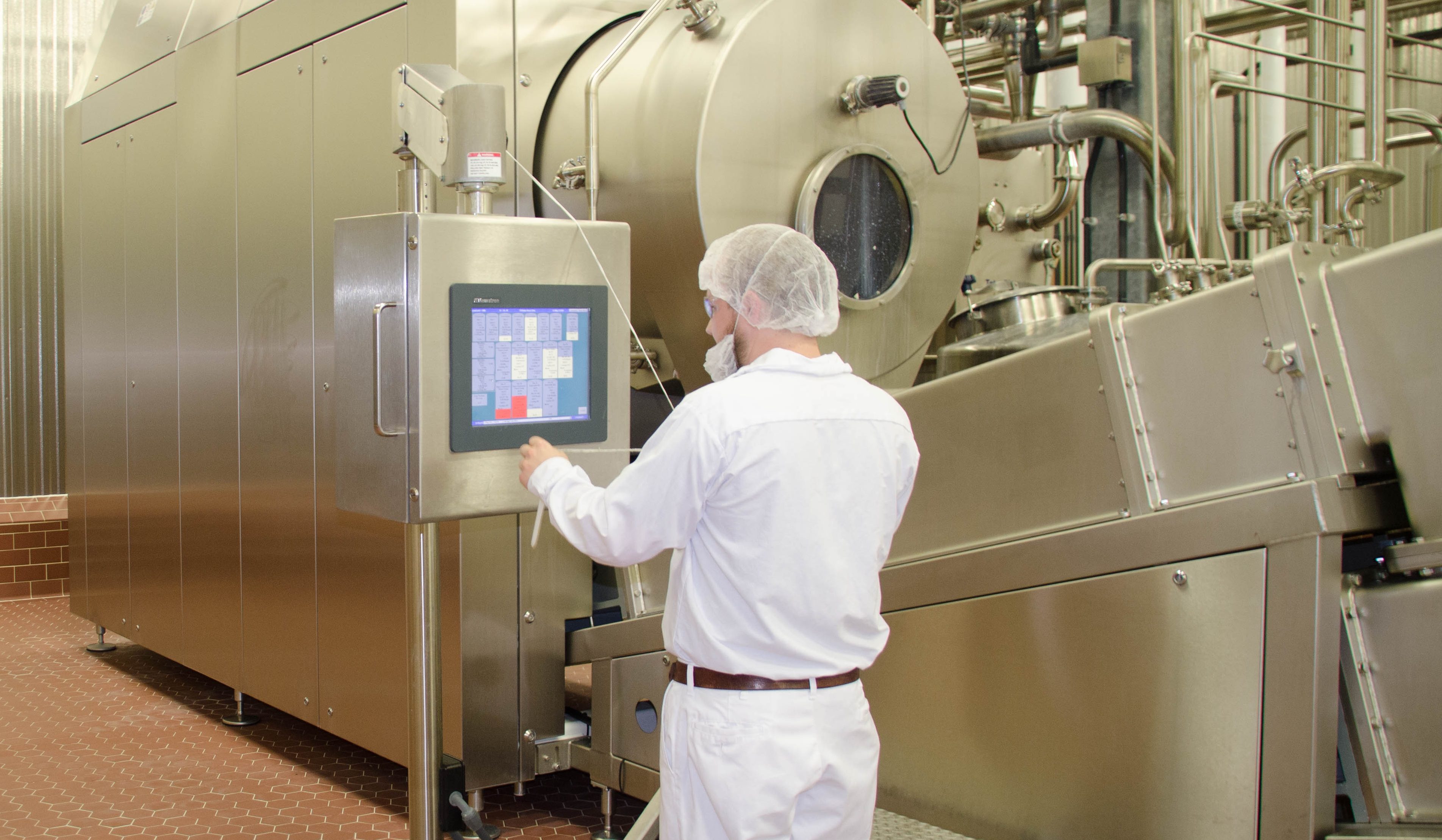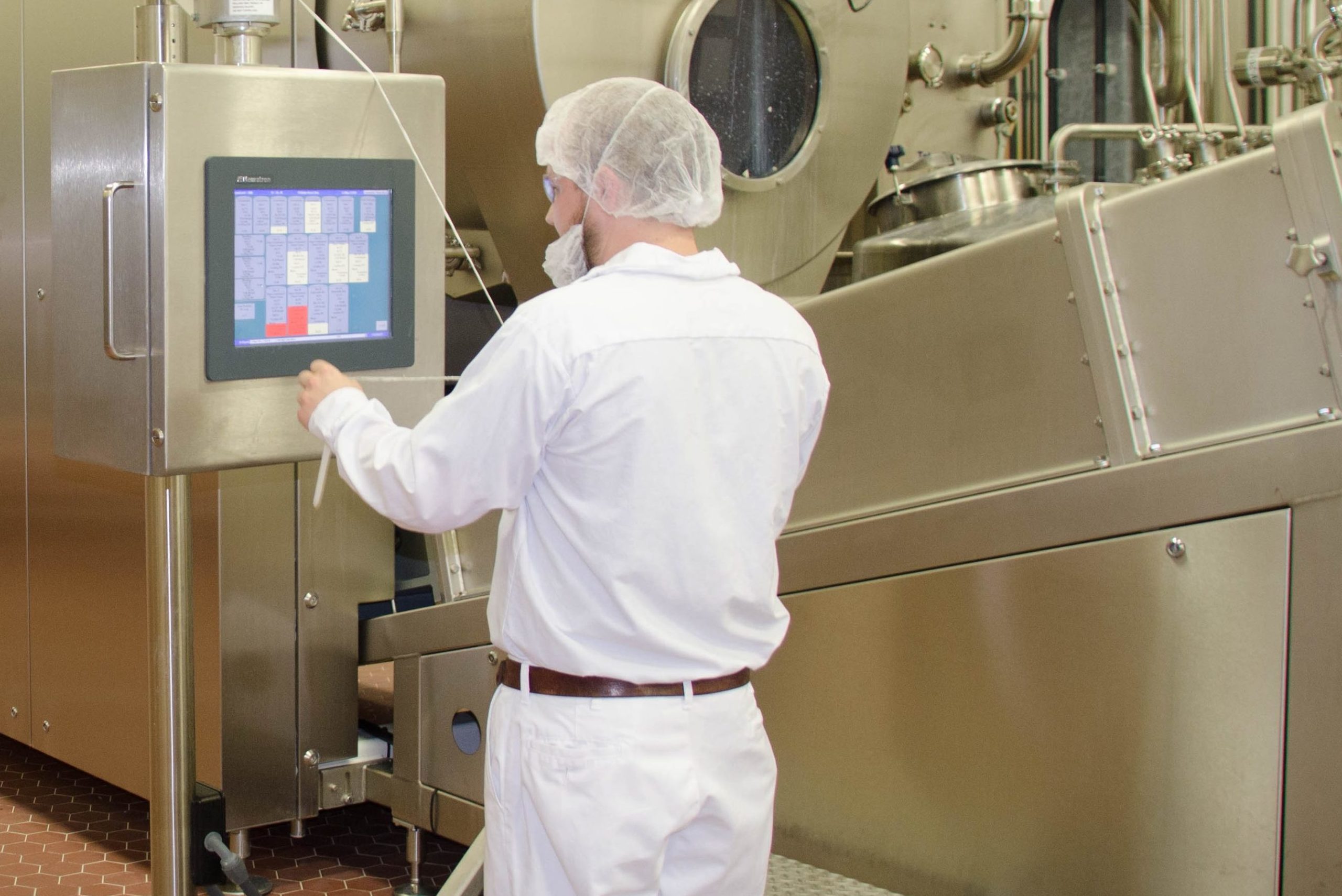In 2015, MMPA member milk marketed totaled record amounts never before seen in the cooperative’s history. The unwavering cows across member herds in Michigan, Indiana, Ohio and Wisconsin had furnished a 4.2 percent increase in milk production over 2014 to reach 4.6 billion pounds.
Then again in 2016, those hard-working bovines gave members an additional 4.3 percent increase on top of the prior year’s record volumes.
Yet in 2016, the market for dairy was challenging with reduced premiums and continued pricing pressures. While MMPA management worked tirelessly securing new customers, expanding current outlets and seeking new investment opportunities, an important driver in MMPA success was found in its current assets.
The dairy farmer members of MMPA own two vital cogs in the co-op’s milk marketing machine: the Ovid and Constantine, Michigan plants.
Originally structured as “balancing plants” to handle fluid milk not sold to bottlers, the dairy ingredient plants now serve a key position in driving returns for members. The plants process over 43 percent of all milk marketed by MMPA. Ovid alone processed 1.8 billion pounds of the total 4.8 billion marketed in fiscal year 2016.
“During the year, we made some enhancements to our processing effort within our manufacturing operations. These enhancements allowed us to process more milk at both facilities and were critically important in the peak milk production season,” remarked MMPA General Manager Joe Diglio. “Thinking progressively provides opportunities and assistance in getting more of our member milk to market.”
For the plants, these enhancements have improved communication and increased production in every day operations.
Striving for efficiency
In Ovid, Plant Manager Colt Johnson says they strive for continuous improvement across the operation to increase output. He says they first try to increase output without spending capital to maximize value for members.
For powder, Johnson says they are improving Clean in Place (CIP) time by working with the tower operators to reduce the time the tower dryers are down for cleaning. With less down time for cleaning, they can increase powder input. This starts by collaborating with workers to improve their procedures. “We want to make sure our staff have the tools they need to improve,” he explained.
Other recent initiatives focused on the sixth effect evaporator. Johnson says they lowered the operating temperature for greater control and improved the Rowland Index number. The Rowland Index number is a protein indicator and some customers require product to be produced within a certain range.
The improvements have helped MMPA meet customer needs and improve production processes. Moving forward, Johnson hopes to reapply the improvements made to the sixth effect to their fifth effect evaporator.
“I want to make sure we explore all opportunities for improvement in the day to day operations without spending more capital,” Johnson said. “At the same time, we are going to look at the way we do business to achieve the greatest efficiencies.”
One hundred and thirty-five miles southwest, the Constantine plant is also boosting its production capabilities. The plant brought another separator on line last spring to accommodate the needs of a growing milk supply. Dave Davis, Constantine plant manager, says it also positions the plant well for new opportunities in the future. Constantine had already owned the separator, but added a pre-heating system and new silos to put it into use.
Constantine added a Dissolved Air Flotation (DAF) pre-treatment system. The system reduces the amount of wastewater being sent to the municipality. In turn, Constantine can process more milk.
Further, Constantine has also purchased land surrounding the plant in anticipation of new opportunities that may arise in the future. They put in a new employee parking lot, increased cold butter storage and have additional acreage available for other endeavors.

Keeping the milk moving
Both plants are a hub of activity each day, welcoming haulers ready to supply the plants with member milk. Ovid and Constantine each receive around 70 and 40 milk tankers per day, respectively, with many carrying up to 100,000 pounds of milk.
Keeping these haulers abreast of the plants’ fluctuating needs is a challenge. Constantine maintains a hauler hotline with daily recorded messages available for haulers to call in and receive an update on the plant’s production schedule.
Ovid recently implemented a messaging system that sends out alerts to haulers via text, email or voice recording. The alerts—around 8 to 10 per day—contain information as it happens about the schedule, any wait times and road conditions.
In 2015, the Ovid plant added a sampling station separate from the receiving bay to increase efficiency. By the time a tanker enters the receiving bay, their milk has already been sampled and sent off for testing, so the hauler only needs to unload the tank.
In addition to milk received at the plant for immediate processing, Constantine often serves as a “mini transfer station” to help market more member milk. For some loads, tankers often stop at Constantine—just six miles from the state line—for testing and reloading before going to out of state to destinations like Wisconsin.
The heartbeat of the plants
Keeping these milk marketing machines running are the dedicated staff—181 in total—diligently working at MMPA’s dairy ingredient plants.
“They are the heartbeat of the operation,” Davis revealed about the Constantine staff. The plant is close to reaching five and half years without a loss-time accident, which he attributes to their employees. “It takes teamwork and dedication to safety to reach that achievement.”
Ovid reached three years without a loss time accident and Johnson also points the accomplishment to their employee’s commitment to safety. Both plants continually evaluate safety systems to provide staff with a safe work environment.
Quality products at the forefront
Yet what keeps these plants moving forward is their ability to produce high quality products for MMPA’s customers. They are both Kosher and Halal certified and have attained Safe Quality Foods (SQF) Level 3 certification with excellent ratings. Their products are also award-winning.
Ovid and Constantine produce dairy ingredients such as butter, milk powder and condensed milk. These products are sold to a variety of customers and used to make end-user products such as salad dressing, ice cream, yogurt, candy and infant formula.
In Constantine, butter is what makes them shine. Davis and Marc Hopkins, Constantine production manager, attribute the success of their butter in the World Dairy Expo Championship Dairy Product Contest each year to the good quality milk brought in from members and dedicated butter churn operators.
“There’s no secret recipe to our butter, but we have a good milk shed as a starting point,” Hopkins said.
“We have good churn operators and it comes down to the whole workforce to produce an award-winning product,” Davis added. “But it starts at the farm level. We can’t improve the milk quality that comes in, so from there we are able to make a high quality, great tasting product.”
When production increases flooded the Midwest, MMPA relied on the capabilities of its dairy ingredient plants to continually market member milk to the greatest advantage possible. As the region continues swell in milk production, Ovid and Constantine are there to manage the challenges and opportunities that lie ahead.
“We are positioning ourselves well for whatever comes next. No one know what way the market will move, but we are ready to capitalize on the market where it lands,” Hopkins said.
–Allison Stuby Miller
This article originally appeared in the April issue of the Michigan Milk Messenger.


